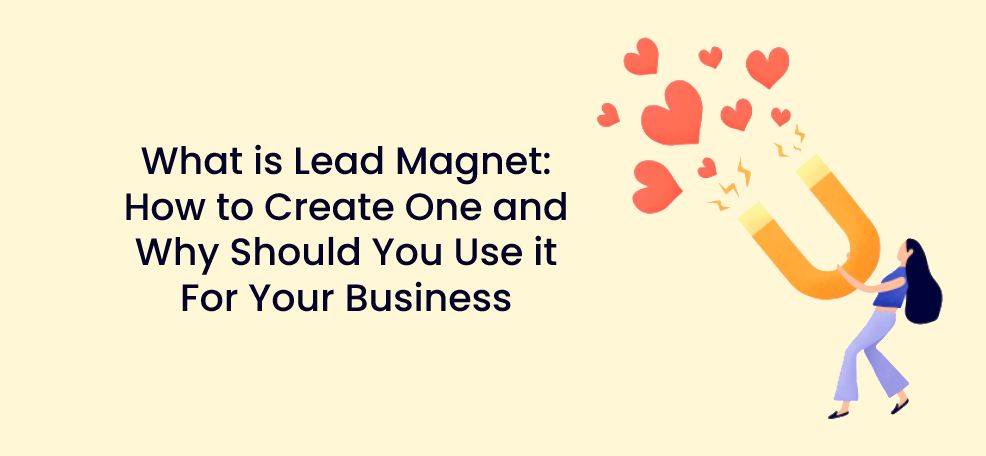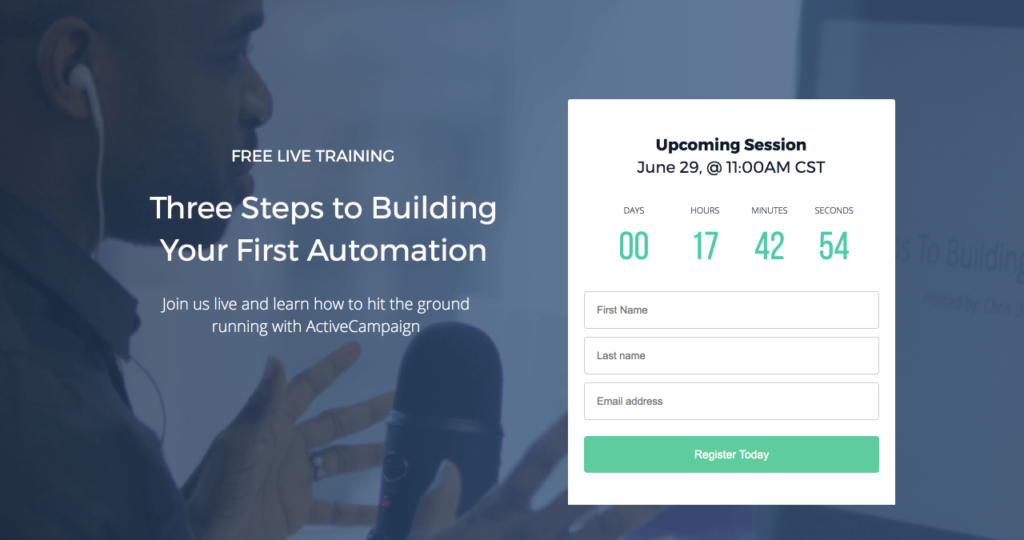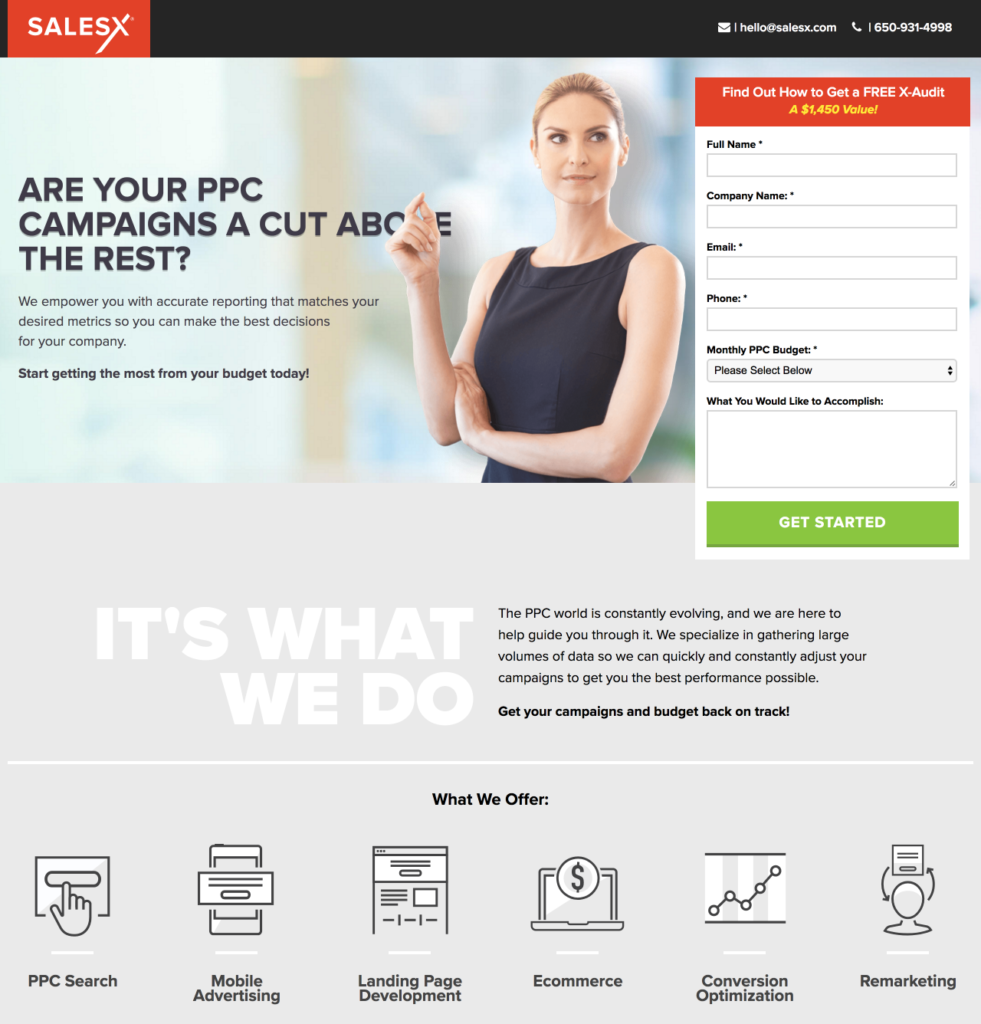Have you ever heard the saying, ‘There’s no such thing as a free lunch?’ It means that you never get something for nothing. If someone offers to take you to lunch, it’s probably because they want something from you. n this analogy, the ‘free’ lunch is a ‘lead magnet.’

A lead magnet is something you give a person to make them amenable to you. By providing your customer a lead magnet, you make the desired action (for example, signing up for your email list) worth their while.
It’s a great way to generate new leads and re-engage old ones. You can’t take all your customers to lunch. But, if you put your mind to it, you can probably come up with something to offer as a lead magnet.
Here, we’ll take you through everything you need to know about lead magnets, from what you could offer to how you can spread the word.
What could you use a lead magnet for?
Lead magnets are used to draw customers in or to encourage a specific conversion. For example, if you want to build your email marketing list but are struggling to get people to sign up, dangling a lead magnet for those who sign up could work wonders.
Lead magnets can also be very effective to build your customer base or audience. Here, Plush UK uses a £5 lead magnet to encourage customers to refer a friend:
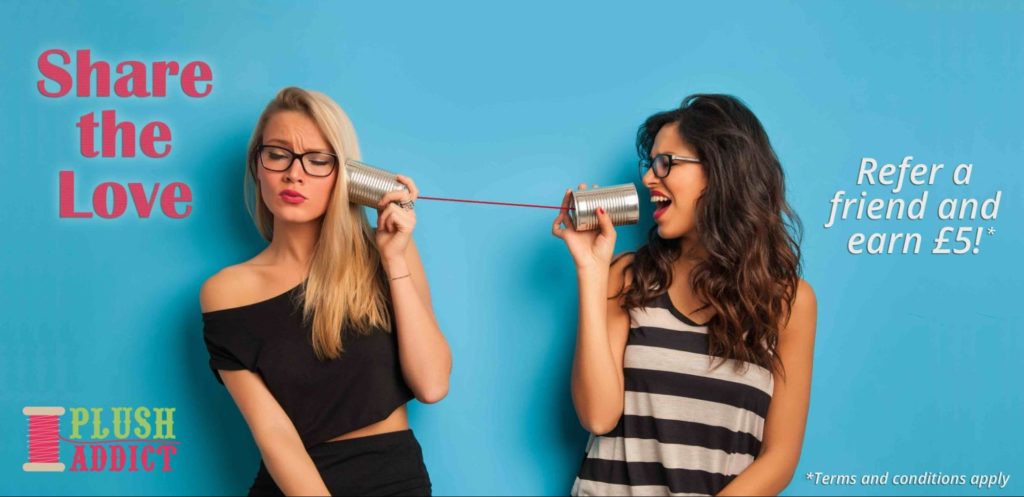
And here, Silver Linings are building its Facebook reach by entering everyone who likes and comments on their post into a competition:
Whatever you want your customers to do, a lead magnet could provide the nudge they need to convert. But, before you start blasting your customers with lead magnets, a word of warning: data security is VERY important.
If you’re using lead magnets to build a customer list or database, there is absolutely nothing you can offer to make your customers ok with losing their data to cybercrime. And the cost of data breach compensation will way exceed the ROI you get from your lead magnet.
So, ensure your data security policies are up to scratch before you even consider building your list. Now, with that warning out of the way, let’s get into lead magnet examples:
Common lead magnet examples
Free gifts
Did you ever have McDonalds as a kid?
If you did, I’m willing to bet that the second you stepped through those doors, your eyes were drawn to the brightly-colored toys in the Happy Meal display, and that was it. Nothing else would do but a Happy Meal. You didn’t care about what was in it. It was all about the toy.
Happy Meals are the quintessential example of gifts as lead magnets. It cost little for the company to throw a bit of mass-manufactured plastic into a box with some food, but kids ate the strategy up.
Kids dragged their parents into restaurants to get their hands on the latest Happy Meal toy, which meant that the company didn’t just profit from Happy Meal sales but from whatever the parents ordered.
You may not be a multinational conglomerate like McDonalds, but if you can offer your customers a gift, you could also reap the benefits. Build gifts into your growth strategy, and watch the leads flow in.
Examples of gifts could include:
- Samples of your product.
- Something manufactured primarily to be a lead magnet – a novelty figurine, for example, or a badge.
- Ebooks. Ebooks take time to write, sure. But once they’re written you can very quickly offer them as a lead magnet for your customers. Ask yourself, what will bring you more ROI? Charging people for buying your ebook once? Or use your ebook to bring in loyal customers who will buy from you repeatedly?
(You don’t have to choose one – you can float your ebook on Amazon for paying readers AND give it to new leads for free). - Generic ‘swag’ – stationary is a typical example. Go to any trade show, and you’ll come home laden with ‘swag’ like branded pens and notepads.
- Guides and reports. You can show your industry expertise and draw in new leads simultaneously by offering guides and/or reports as a lead magnet.
If you’re worried that the cost of the gift might overshadow the benefits of new leads, it might be worth putting some thresholds in place. For example, the brand Philosophy only offers a gift to those who spend $35 or over.
Discounts
It’s not always feasible to build up stock for lead magnets. But you can get the same effect by offering discounts on existing stock.
Everybody loves a discount. Here, Fashion Nova takes advantage of that by offering 40% off for customers who join their email list:
Fashion Nova has been particularly clever here with their CTA, which drives home the customer’s decision.
The customer can either agree that they ‘love saving money’ (and sign up for the discount and the emails) or commit to paying ‘full price.’ It’s a clever psychological trick that, along with the lead magnet, could work very well for them.
Resource kits
Resource kit can mean anything from cheat sheets and templates to free courses, knowledge bases, and webinars.
Information is as valuable as ‘stuff’. Often, it’s even more helpful. People will happily convert to gain expertise, knowledge, or a glimpse behind the paywall.
Do you have an online course? Free training? Templates? Kits? Paywalled webinars? Easter eggs?
Waiving the fee or sending these things for free can be a powerful lead magnet – and a very effective way of gaining data or building your email list.
Check out this example from ActiveCampaign. The lead magnet is the seminar – accessible to everyone who signs up. But to sign up you must enter your email address.
The great thing about this campaign is that you can guarantee everyone who signs up has some interest in what you’re offering. These kinds of leads are less likely to drop off because they’re invested from the get-go.
Be sure to advertise your lead magnet
It’s not enough to have a lead magnet. This isn’t a ‘build it, and they will come.’ You need to get the word out.
How can you do that? Check out these examples:
Emails
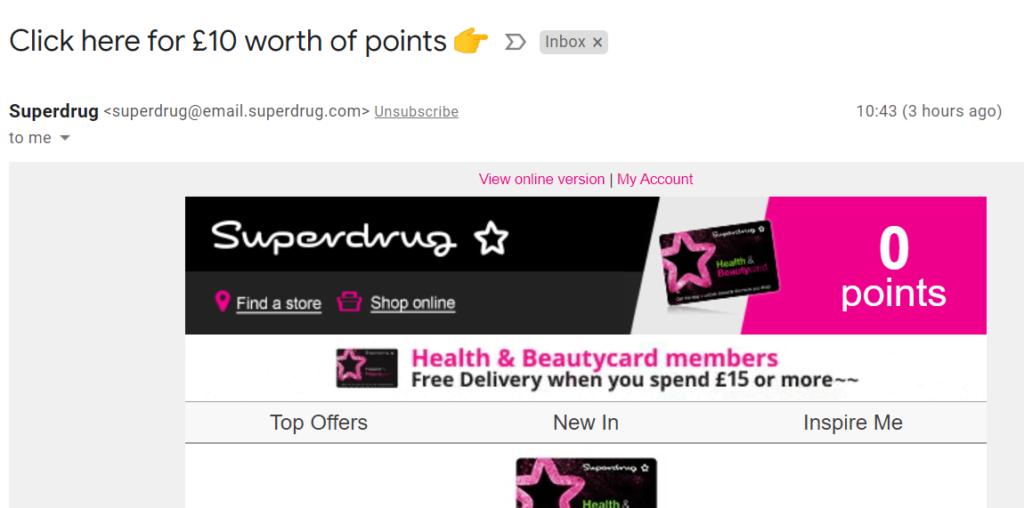
Emails are a great way to promote your lead magnet. Here, Superdrug pulls the customer in with an exciting subject line – ‘Click here for £10 worth of points!’. The brand then goes on to display several promotions and lead magnets, all designed to re-engage a flagging customer:

Pop-ups
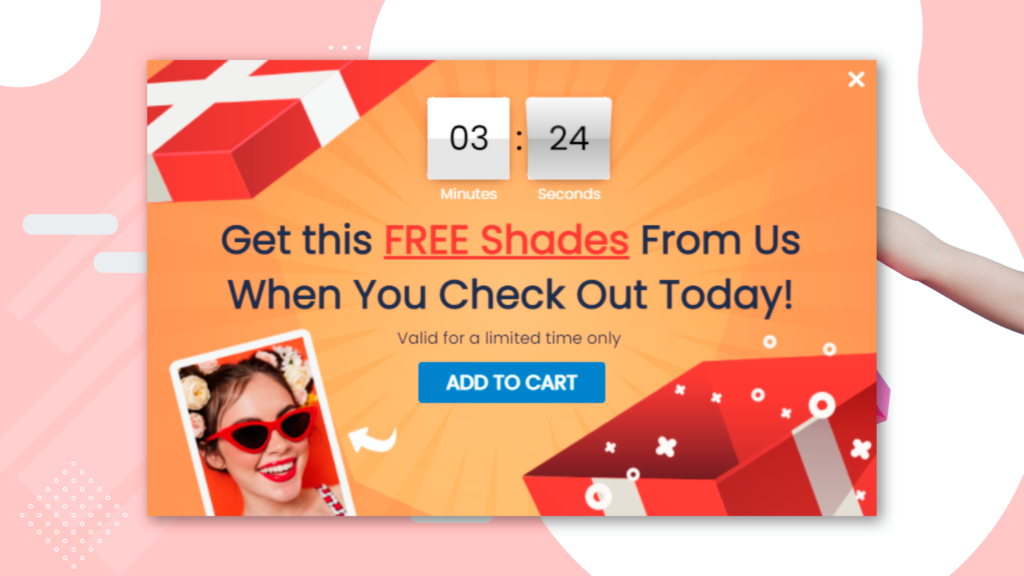
Pop-ups are big, bold, and hard to ignore. They’re a tried and tested way of getting conversions and can be highly effective if done right. Make them enticing enough; they’re a quick, easy way to display your lead magnet.
However, be sure not to make your pop-up too obstructive. People don’t mind the odd pop-up or two if they’re easy to get rid of, but if you hide the ‘X’ or otherwise make your popup hard to send away, people will close the tab in frustration. And you don’t want that.
Want to create pop-ups? Try Poptin for free!
Web pages
It’s generally a good idea to give your lead magnet a landing page. People will need a secure site to fill out forms, learn more, and so on.
However, you can also use spare space in your website to advertise your lead magnet. Give it a section in the sidebar of your blogs, or devote some space to it on your homepage. Anything that helps to get the word out!
Social media
There are various ways you can promote your lead magnet on social media. From good old-fashioned timeline posts to adverts and even (as in this example from Jessica Lorimer) cover photos, social media presents many opportunities for lead magnet promotion.
Bios
This ties in with social media, but it’s worth a heading.
It can be hard to get a lead magnet out there on platforms like Instagram, which don’t allow sharing. So, put the link to your lead magnet in your bio like this:
Anyone who heads to your bio to learn more about you will see it. And, if they like the rest of your content, they may click the link.
Use lead magnets to boost your business.
Get it right, and your lead magnet could be the perfect ‘free lunch.’ Lead magnets encourage conversions and enhance goodwill toward your brand in the process.
You could bring in thousands of new leads through something as simple as giving a discount and send your ROI through the roof. If you haven’t already experimented with lead magnets, give it a go. You’ll be amazed at what’s possible.
Author’s Bio
Patty Yan is the EMEA Product Marketing Manager for RingCentral Office, the leader in cloud communications solutions. Patty is passionate about customer experience analytics, creating value and differentiation, and ensuring a better experience for customers and partners.
